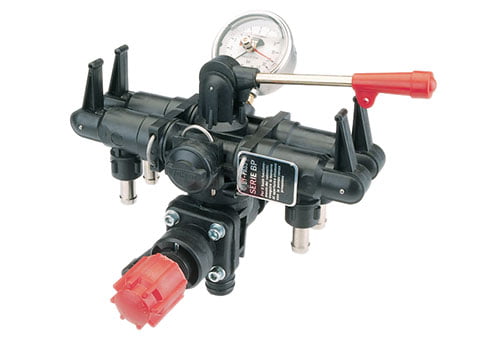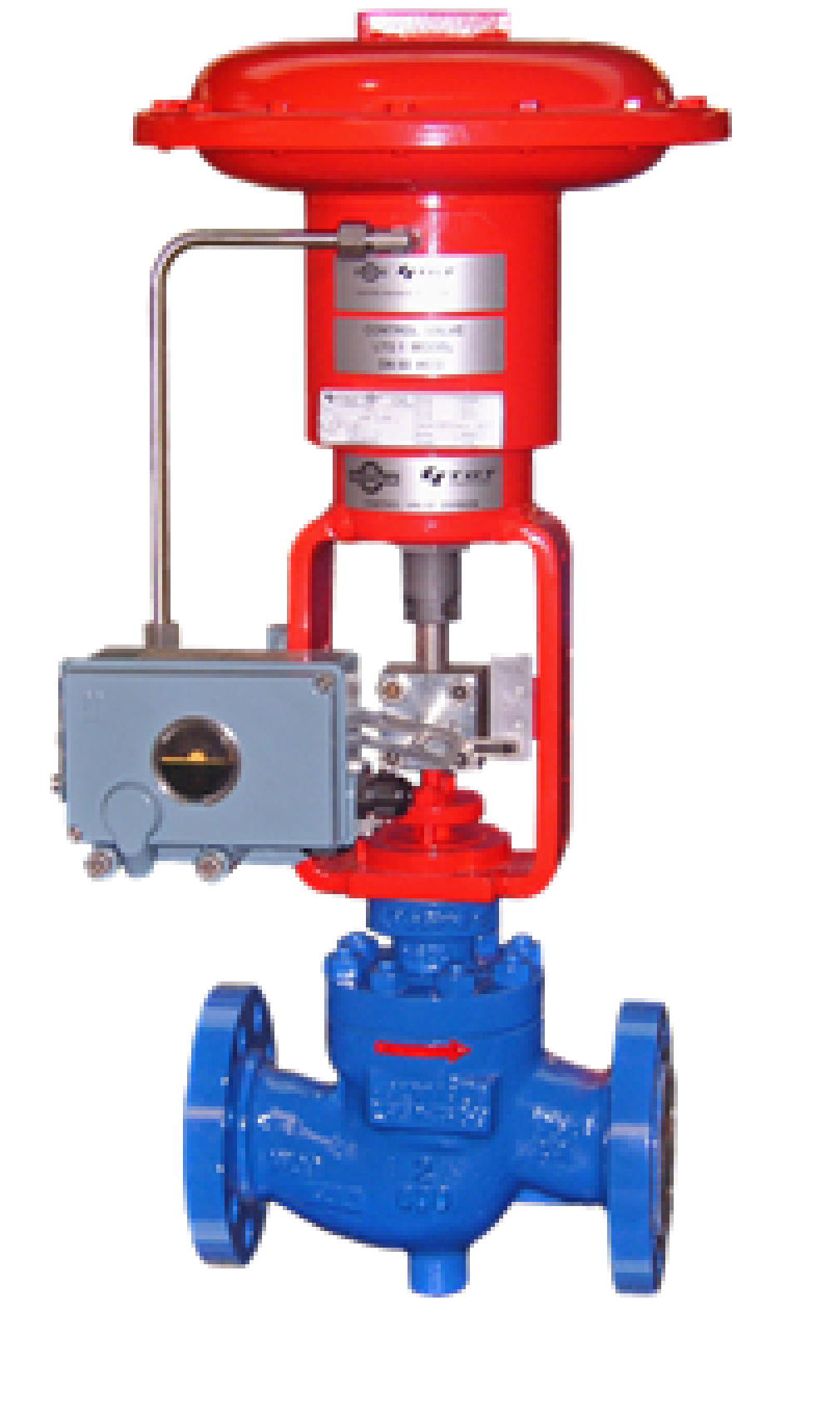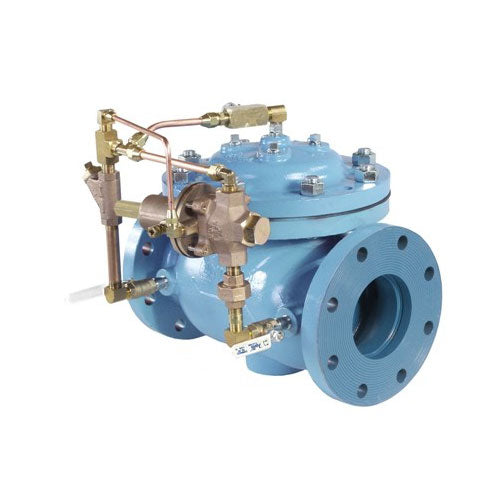Understanding the Importance of Control Valves in Process Automation
Understanding the Importance of Control Valves in Process Automation
Blog Article

Maximize Power Cost Savings and Convenience With Advanced Building Automation Controls
In the world of modern design and center monitoring, the combination of innovative building automation manages stands as a crucial advancement. The merging of technology and sustainability has birthed a new era where power effectiveness, convenience optimization, and functional streamlining are no more distant ambitions however possible facts. By taking advantage of the power of automation, structures can adapt, respond, and evolve in manner ins which were as soon as inconceivable. The possibility for substantial power financial savings and enhanced convenience is not just a possibility but a guarantee waiting to be fulfilled. This paradigm change in building administration holds the key to opening a globe where environmental conscientiousness and resident well-being sympathetically exist side-by-side within the wall surfaces of our frameworks.
Power Performance Perks
Power effectiveness advantages can substantially reduce power usage and operational expenses in buildings. Energy-efficient systems, such as innovative building automation controls, can enhance the use of sources like lights, heating, and cooling, leading to reduced power expenditures over time.
Furthermore, boosted power performance can lengthen the lifespan of structure equipment and systems. By operating extra successfully, HVAC systems, light, and various other structure components experience less damage, leading to lowered upkeep and replacement prices. In addition, energy-efficient structures frequently command higher property values and rental prices, giving lasting monetary benefits to owners.
Furthermore, energy effectiveness can enhance resident comfort and efficiency. Properly regulated interior settings with optimum lights and thermal conditions produce a more pleasant and helpful work area, bring about enhanced worker complete satisfaction and efficiency. On the whole, the energy effectiveness benefits connected with sophisticated building automation controls are diverse, incorporating expense financial savings, ecological stewardship, and occupant wellness.
Enhanced Convenience Control
Enhancing comfort control in building settings calls for an innovative integration of advanced automation systems for optimal occupant health. By utilizing innovative building automation controls, centers can tailor the interior environment to satisfy the particular needs and preferences of passengers. These systems allow accurate guideline of ventilation, illumination, and temperature level, creating a effective and comfy atmosphere. Owner complete satisfaction and productivity are closely connected to thermal convenience, making it important to have systems in position that can adapt to altering conditions in real-time.
Enhanced comfort control exceeds standard temperature level adjustments. It consists of attributes such as personalized settings, occupancy sensors, and all-natural light application to develop a vibrant and responsive atmosphere. By integrating these sophisticated controls, buildings can not just improve convenience however likewise enhance energy performance by enhancing system operations based upon real occupancy and usage patterns. Ultimately, prioritizing owner convenience through sophisticated automation systems causes an extra satisfying and much healthier interior environment.
Functional Performance Improvements

Moreover, the application of real-time More Help monitoring and analytics tools makes it possible for building operators to determine power inadequacies and functional anomalies immediately. By continually checking power use patterns and system efficiency metrics, modifications can be made in real-time to enhance power consumption and ensure peak functional effectiveness. control valves. visit their website Furthermore, integrating demand feedback techniques into structure automation controls can additionally boost functional efficiency by dynamically changing power usage based on grid problems and pricing signals
Indoor Environment Optimization
Effective interior environment optimization is an essential facet of structure automation controls, ensuring occupants' convenience and health while taking full advantage of energy financial savings. By making use of innovative sensors and controls, constructing automation systems can continually keep track of and change temperature level, moisture degrees, air top quality, and ventilation to produce an optimal interior atmosphere. Keeping constant and comfortable problems not only boosts passenger fulfillment however additionally enhances productivity and total well-being.
Interior climate optimization additionally plays a critical duty in power performance. By fine-tuning home heating, ventilation, and cooling systems based upon real-time information and occupancy patterns, developing automation controls can considerably lower power consumption - control valves. Applying techniques such as demand-controlled ventilation and thermal zoning can help decrease energy waste while guaranteeing that each area of the structure obtains the necessary conditioning.

Sustainable Atmosphere Creation
Building automation manages not just enhance indoor environment conditions for power performance and owner convenience however also lay the structure for producing a lasting environment via strategic administration of sources and systems. By incorporating sophisticated building automation innovations, such as sensors, actuators, and intelligent software, centers can read the full info here adjust and check power use in real-time to minimize waste and lower their carbon impact. These systems allow predictive maintenance, determining prospective issues before they escalate and enhancing tools performance to enhance long life and efficiency.
In addition, sustainable setting development extends beyond energy administration to incorporate water conservation, waste decrease, and indoor air high quality enhancement. Structure automation controls can control water usage, detect leakages, and make certain appropriate waste disposal techniques, adding to general sustainability initiatives. Additionally, by monitoring and managing air flow and filtering systems, these innovations enhance passenger health and performance while decreasing power intake connected with heating and cooling operations.
Final Thought
In conclusion, progressed building automation manages deal significant benefits in regards to energy financial savings, comfort control, operational efficiency, interior climate optimization, and producing a lasting atmosphere. By executing these controls, structures can achieve optimal efficiency while decreasing power usage and boosting owner comfort. It appears that making use of sophisticated automation technology is essential in improving building efficiency and creating an extra lasting future.
Power performance benefits can dramatically decrease energy intake and operational costs in buildings. In general, the energy efficiency advantages connected with advanced building automation controls are complex, encompassing cost financial savings, ecological stewardship, and owner wellness.
Additionally, including demand response techniques right into structure automation controls can additionally enhance functional effectiveness by dynamically readjusting energy usage based on grid problems and pricing signals.
Building automation controls not only optimize interior environment conditions for power efficiency and resident convenience yet additionally lay the structure for producing a lasting environment via strategic administration of sources and systems.In conclusion, advanced structure automation regulates offer considerable advantages in terms of energy financial savings, comfort control, functional effectiveness, indoor environment optimization, and developing a lasting setting.
Report this page